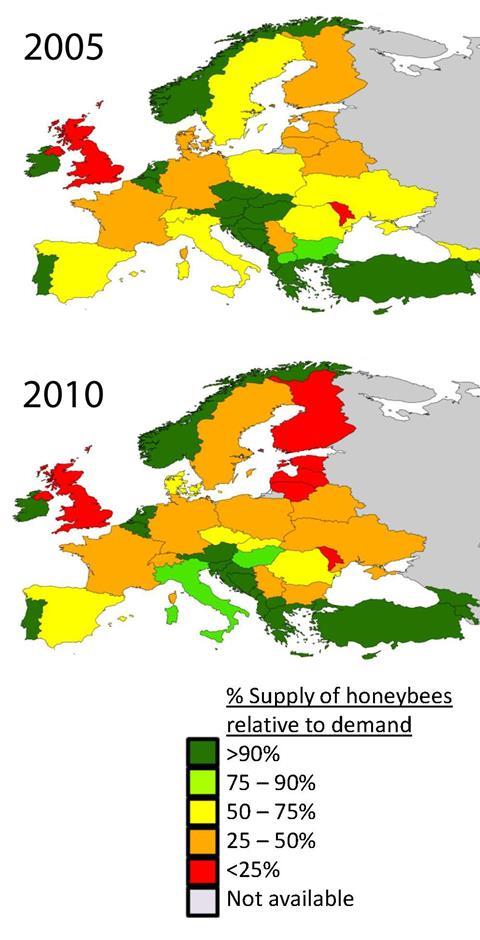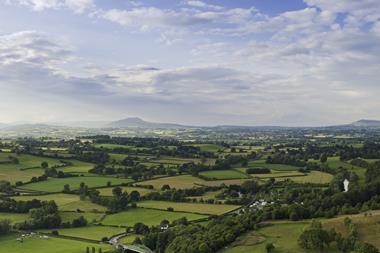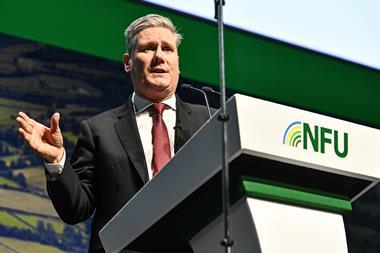
As jars of honey graced the breakfast tables of Britain this morning (standing perhaps, where Marmite once stood), the press was abuzz with news of honey bee ‘shortages.’
But before readers of this blog flock to their nearest beehive (or c-store) to stockpile the natural sweetener, I should mention there’s no suggestion that honey supply is in danger.
Instead, the research from the University of Reading claims that Europe has “13.4 million too few honeybee colonies to properly pollinate its crops”, equating to around seven billion honey bees (specifically honey bees in hives cultivated by man).
Britain alone has a ‘honey bee deficit’ of around one million honey bee colonies, the researchers claim.

“We face a catastrophe in future years unless we act now,” warns Professor Simon Potts, who led the research.
The big numbers are impressive but an important element of the story could perhaps have been made more prominent in some of the press stories that followed: that the ‘shortage’ referred to is contingent on there being no wild pollinators.
That is, if populations of existing wild pollinators (such as bumblebees and hoverflies) suffered a total collapse, Europe would need an additional 13.4 million honeybee colonies, or around seven billion bees, to ensure its crops were adequately pollinated.
Researchers did not quantify – nor did they set out to – any current loss of crop yield due to their being too few honey bees.
The value in the research was, for the first time, to quantify how many more bees would be needed in the event of wild pollinator population collapse.
The researchers also calculated that insect pollinators add £37m a year to the value of British-grown Cox and Gala apples. The research involved comparing the value of apples produced by a tree shielded from insect pollinators with those from a tree which had access to them.
Now that’s impressive science!
Images: © Jacob Bishop/University of Reading















No comments yet